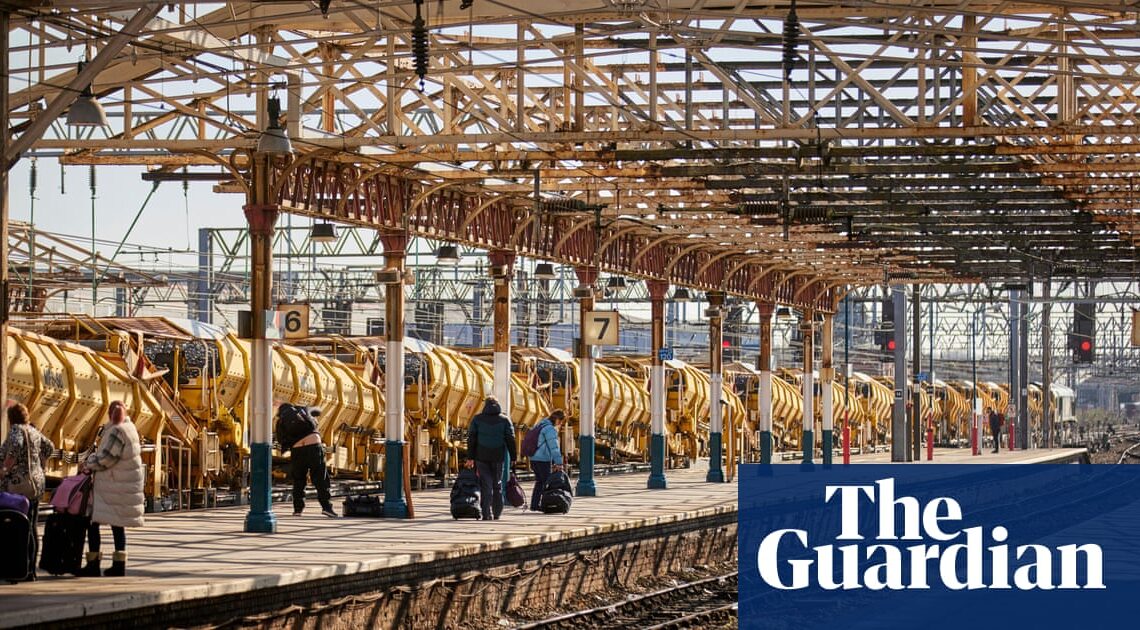These oft-bypassed towns have all been, at some period in history, influential if not necessarily powerful; wealth-creating though hardly opulent; and vital to the nation’s wealth and security while never fully rewarded for it. Communications and trade once gave some urban centres the edge over others. Churches and marketplaces were social magnets. Today a brand-name art gallery, celebrity residents, or media chatter are most likely to generate appeal, however specious. What if estate agents sold houses using poetry, memories, polyglotism, ruins and rust?
Crewe
“I’ve decided British people all have faces like baked potatoes, or scones, or plasticine modelled by someone who lost interest halfway through. I have a face like that. And so does everybody on this station.” So said Victoria Wood opening her 1996 episode of the BBC’s Great Railway Journeys. Lyrically, it’s subtitled “Crewe to Crewe”. For the rest of us, “Change at Crewe” is more familiar. When I was a regular user of the West Coast Main Line, my trains from Warrington Bank Quay to London Euston stopped at Crewe. I thought of it as the end of the north-west or even the north. The announcement as the train shuddered to a stop was an inventory of alternative lives: Derby, Nottingham, Stoke, Chester and north Wales, Cardiff, Wolverhampton, Shrewsbury, Wrexham, Edinburgh. And back to Warrington. I studied the faces of those alighting to board shorter, folksier trains. Some were students, like me. People who changed at Crewe were hippyish, hirsute, kind, wholesome. The corruptible continued to the capital.
I’ve been through Crewe hundreds of times. I’ve been to Crewe once, which is more than most people. Crewe is not a railway town. It is the railway town. In the 18th century, there was a village nearby, now called Crewe Green, which evolved out of the settlement of Creu, mentioned in the Domesday book; the name derives from an Old Welsh word criu, meaning “weir” or “crossing”. It was part of an ancient parish, Barthomley, which gives its name to an unofficial service area at junction 16 of the M6.
The Grand Junction Railway Company opened its Liverpool and Manchester to Birmingham line in 1837 and moved its railway works from Edge Hill in Liverpool to Crewe. An early example of…
Click Here to Read the Full Original Article at Travel | The Guardian…
